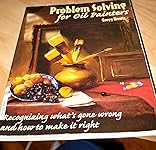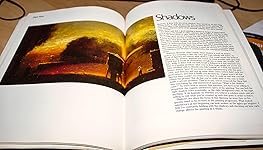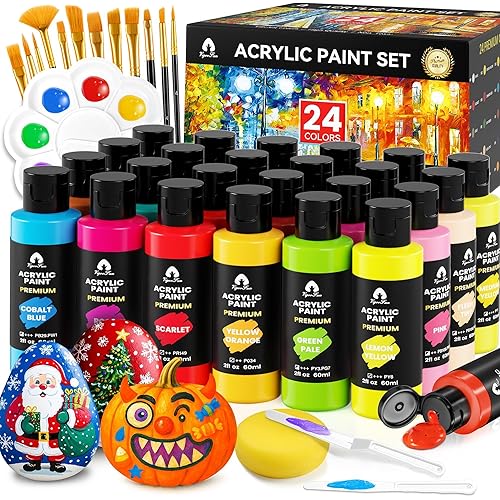Problem Solving for Oil Painters: Recognizing What's Gone Wrong and How to Make it Right

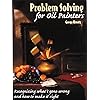
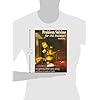
Buy Now, Pay Later
- – 4-month term
- – No impact on credit
- – Instant approval decision
- – Secure and straightforward checkout
Ready to go? Add this product to your cart and select a plan during checkout.
Payment plans are offered through our trusted finance partners Klarna, Affirm, Afterpay, Apple Pay, and PayTomorrow. No-credit-needed leasing options through Acima may also be available at checkout.
Learn more about financing & leasing here.
This item is eligible for return within 30 days of receipt
To qualify for a full refund, items must be returned in their original, unused condition. If an item is returned in a used, damaged, or materially different state, you may be granted a partial refund.
To initiate a return, please visit our Returns Center.
View our full returns policy here.
Recently Viewed
Description
Finally - a book to help you solve all your painting problems! Inside you'll learn how to study a painting and correct problematic areas. Study topics include: Ideas - Is there a good abstract idea underlying the picture? - What details could be eliminated to strengthen the composition? - Does the painting have a focus? - Are the unessential parts subbordinated? - Does the painting "read"? - Could you finish any part of the painting? Shapes - Are the dominant shapes as strong and simple as possible? - Are the shapes too similiar? Value - Could the value range be increased? - Could the number of values be reduced? Light - Is the subject effectively lit? - Is the light area big enough? - Would the light look stronger with a suggestion of burnout? - Do the lights have a continuous flow? - Is the light gradiated? Shadows - Do the shadow shapes describe the form? - Are the shadows warm enough? Depth - Would the addition of foreground material deepen the space? - Does the background recede far enough? - Are the halftones properly related to the background? Solidity - Is the underlying form being communicated? - Is the symmetry in perspective? Color - Is there a color strategy? - Could a purer color be used? - Do the whites have enough color in them? - Are the colors overbended on the canvas? - would the color look brighter if it were saturated into its adjacent area? Paint - Is your palette efficiently organized? - Is the painting surface too absorbent? - Are you using the palette knife as much as you could? - Are you painting lines when you should be painting masses? - Are the edges dynamic enough? - Is there enough variation in the texture of the paint? Read more
Publisher : Watson-Guptill
Publication date : April 1, 1997
Edition : New
Language : English
Print length : 144 pages
ISBN-10 : 0823040976
ISBN-13 : 71
Item Weight : 1.29 pounds
Dimensions : 8.3 x 0.41 x 11 inches
Best Sellers Rank: #291,252 in Books (See Top 100 in Books) #48 in Oil Painting
Frequently asked questions
To initiate a return, please visit our Returns Center.
View our full returns policy here.
- Klarna Financing
- Affirm Pay in 4
- Affirm Financing
- Afterpay Financing
- PayTomorrow Financing
- Financing through Apple Pay
Learn more about financing & leasing here.
Similar Products
Top Amazon Reviews
